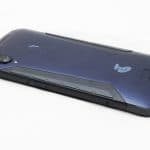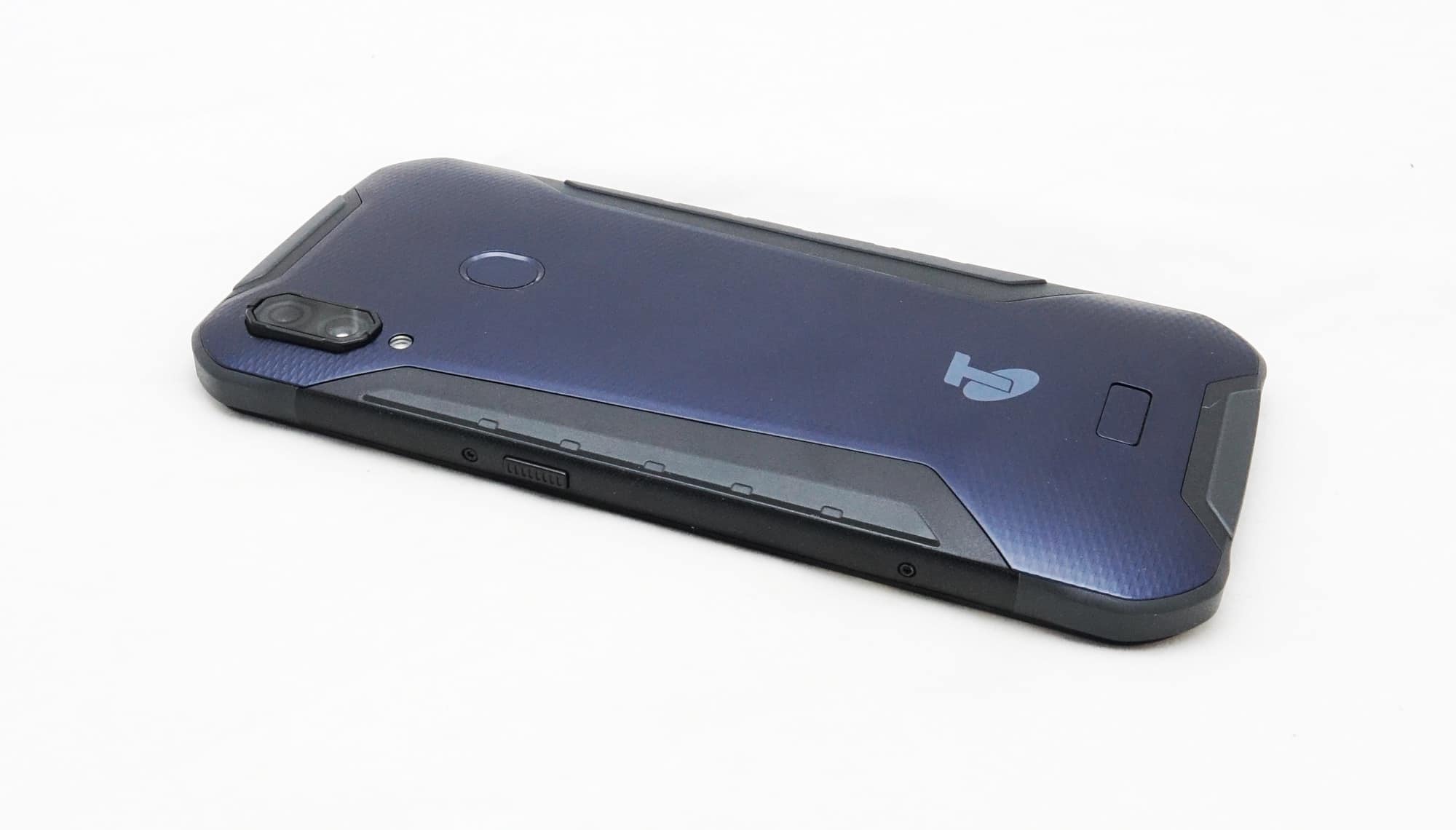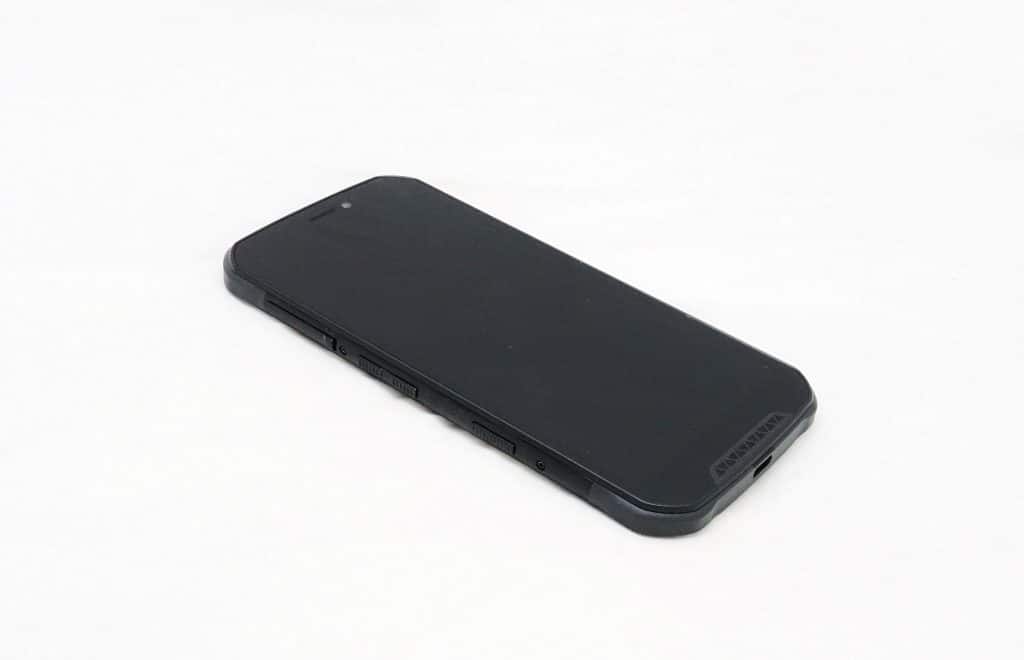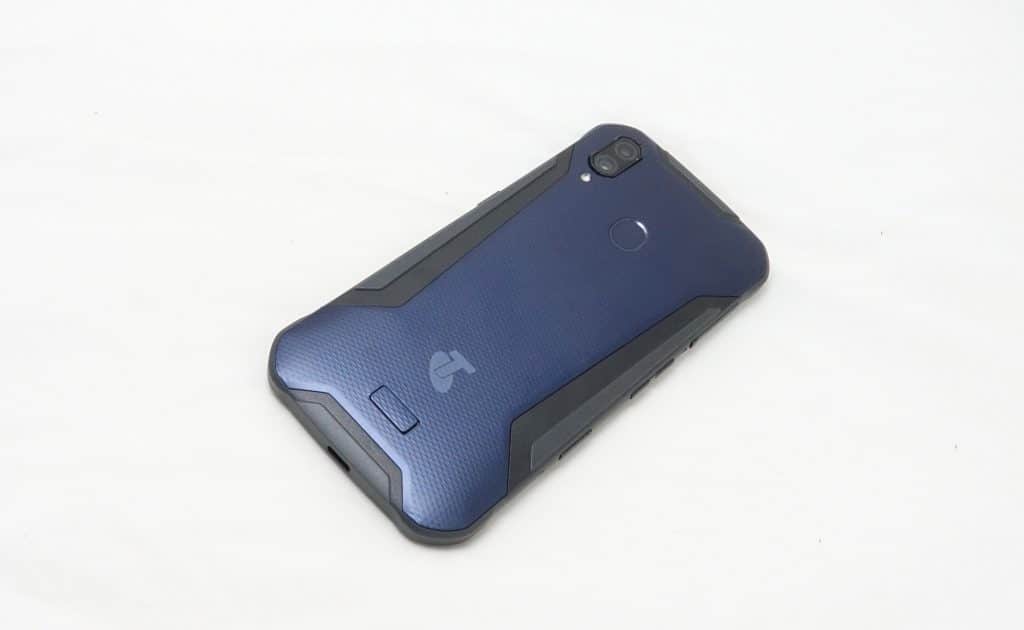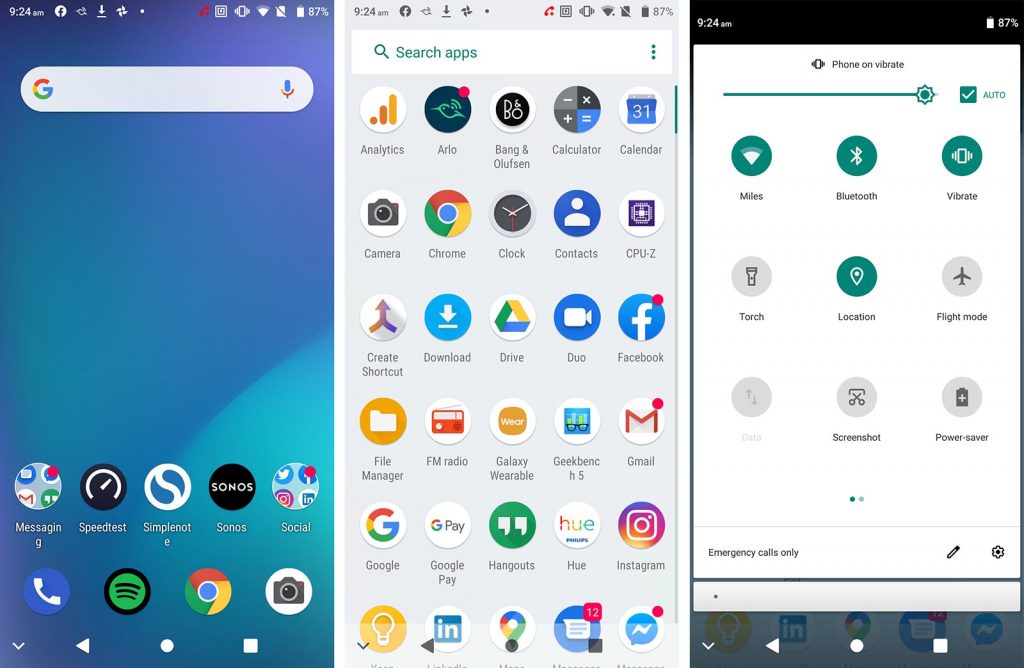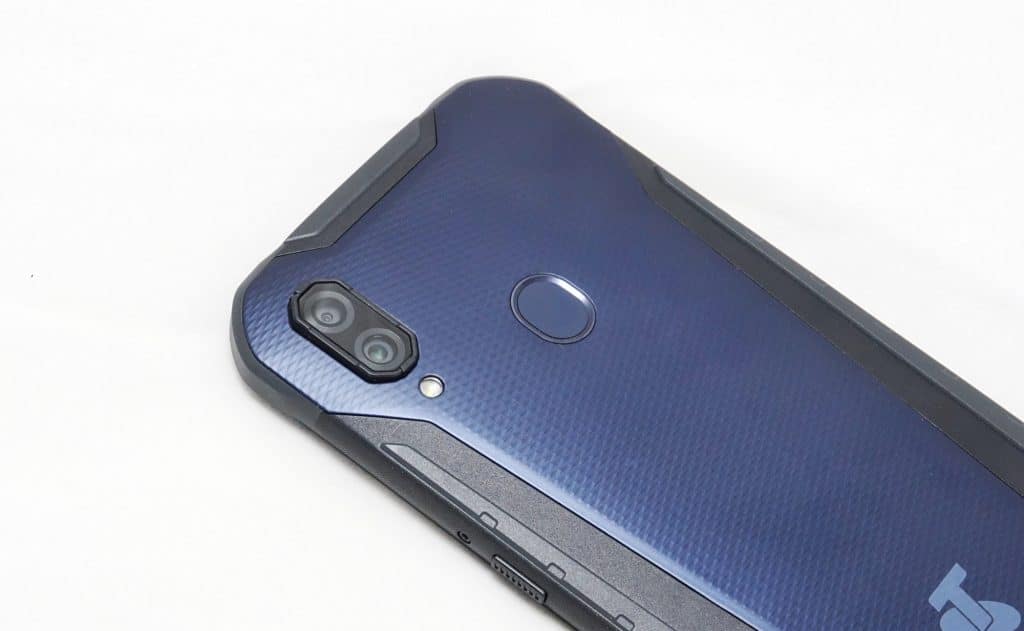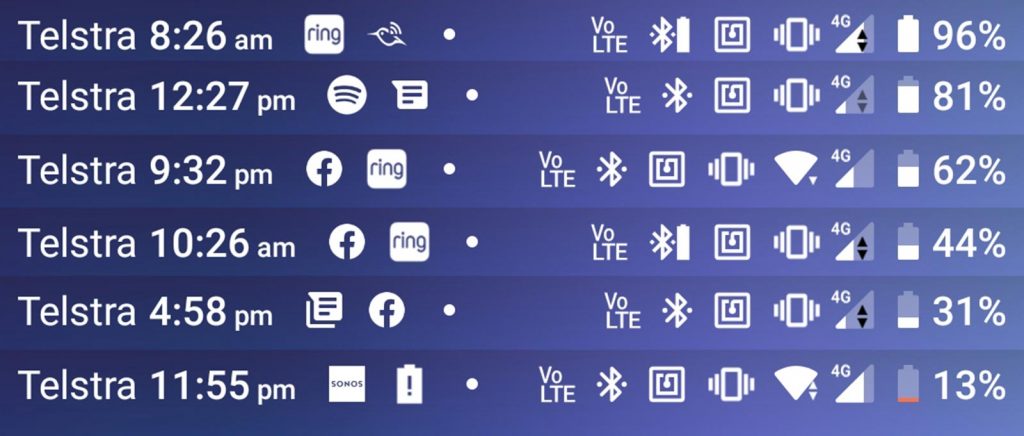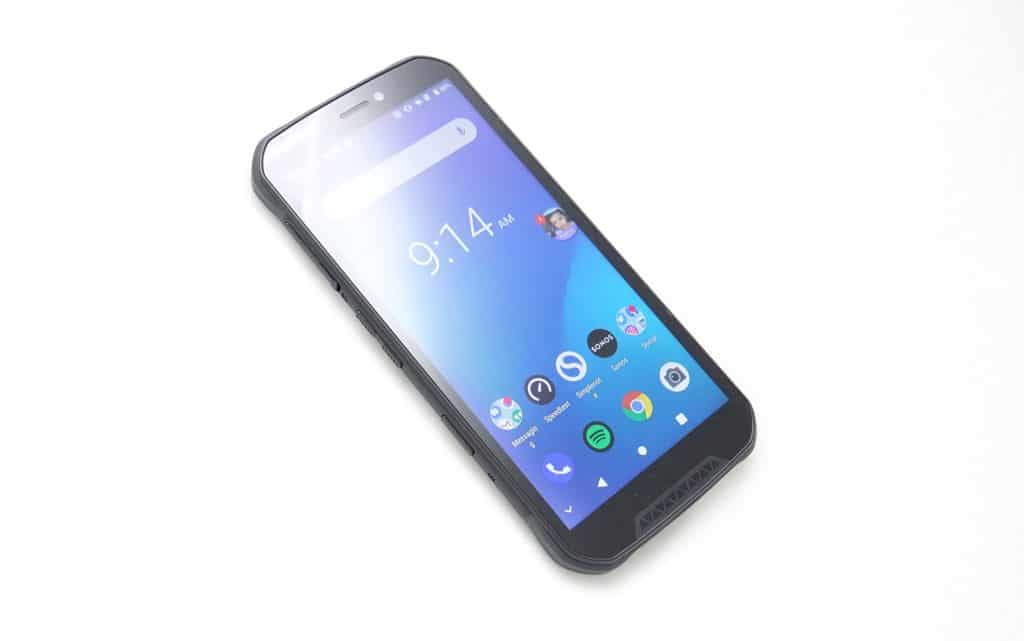Quick review
The good
The not-so-good
Some phones are glass and shatter easily, while plastic phones can crack. But with the Telstra Tough Max 3, Australia’s largest telco is vying for customers that prefer a phone to survive.
We all have different needs, and we all buy phones for different reasons. Perhaps it’s an update, perhaps you desired something sexy, and perhaps you just wanted to spend some money and buy something new.
Regardless of what you buy, what you end up with will likely not be as durable as you like or expect. Smartphones these days are typically built from metal and glass, and offer so much of the latter that it’s of little surprise when new phones are shattered after they’re dropped. Glass breaks. That’s all there is to it.
But phones don’t have to be entirely glass. If a phone is made for a different market, they can have plastic and other materials meant to keep the body from smashing.
Telstra’s latest smartphone has that in mind, as the Telstra Tough Max 3 is built to survive the odd drop and then some.
Design
Some phones are sleek, and others aren’t. The Telstra Tough Max 3 clearly sits in that last category, but once you understand the design, you’ll see that it’s no big deal here.
Let’s state it simply: with a heavy reliance on plastic edges to encase the phone in a protective shield, the Telstra Tough Max 3 is by no means the best looking phone on the market. That’s fine, though, because it’s not made to be good looking; it’s made to be functional.
Everyone has different needs, and while smartphones typically look to something shiny and sexy, this one is focused more on being solid.
You’ll realise that the moment you look at it: with some pretty foreboding plastic casing on the outside of an otherwise sizeable black-bezel encased screen, the Telstra Tough Max 3 isn’t your usual slim and sexy phone.
And that’s ok, because it doesn’t need to be. It’s not what we typically call an attractive phone, and looks more like it belongs out of a few years ago.
Telstra didn’t need to get its manufacturer ZTE to focus on reducing those bezels or enhancing the 5.6 inch screen size to match the edges, because this isn’t made to be modern. It’s made to be durable.
Features
Sized a little like an iPhone 8 Plus except in an Android world, it’s what’s on the inside that counts, and you’ll find a mid-range chipset on the inside, as well as a decent amount of storage.
In the Tough Max 3, Telstra has entrusted ZTE with the hardware knowledge to make this thing work, and you’ll find a Qualcomm Snapdragon 665 eight-core chip here, set alongside 4GB RAM and 64GB storage.
Android 9 runs on the phone out of the box, a little out of date but still somewhat fresh, with ZTE using two cameras in the build, a 16 megapixel standard wide camera and a 5 megapixel depth camera, plus an 8 megapixel front-facing selfie camera.
Connections on the phone are fairly standard, with 4G LTE, 802.11a/b/g/n/ac WiFi, Bluetooth 5.0, as well as Near-Field Communication for wireless transfer and Google Pay, plus GPS. You’ll find a USB Type C wired connection at the bottom of the phone, plus a 3.5mm headset jack up top.
There’s also a 3920mAh battery inside, though there’s no wireless charging, plus a customisable button on the side which you can map to do other things, like launch the torch when it’s held down.
And of this all sits under a 5.6 inch 2160×1080 display, sporting 427 pixels per inch in clarity, in a body measuring 11.6mm thick and weighing 185 grams. While that might come across as slightly thick, there’s a good reason why: the Telstra Tough Max 3 sports a very tough chassis made from plastic that adds to the thickness and weight.
That makes the Tough Max 3 just that little bit different from every other phone you’re likely to look at, and a little more like a phone in a beefy case.
Durability
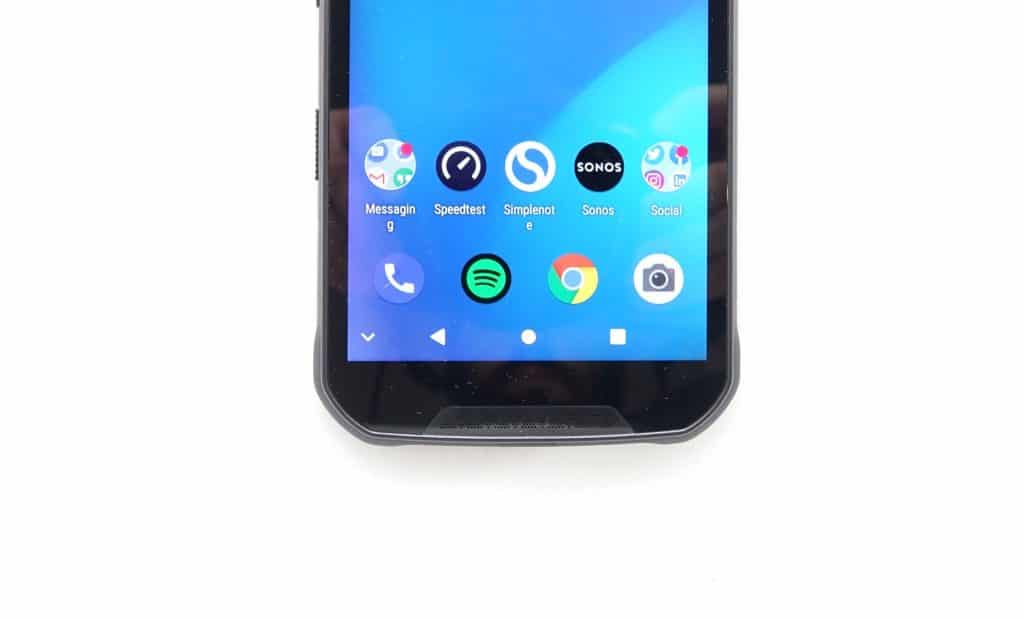
As such, using the Telstra Tough Max 3 isn’t like using a typical phone, because while it comes with many of the standards, it’s also a little more, well, tough.
That shouldn’t come as much of a surprise given the name, but this phone isn’t your typical glass-bodied handset. There’s plastic, rubber, and a feeling like you could drop this thing without thinking. Which we did.
Made by ZTE for Telstra, there’s a screen protector in the box that sadly isn’t pre-applied, but that’s fine, because at least you get one.
Pick it up, though, and you’ll feel the thick plastic edges, basically encasing the phone in a way that protects it more than other phones. Designed to handle being dropped repeatedly and built for tradies, the Telstra Tough Max 3 isn’t a sleek and sexy phone like the regular variety you find, focused instead on bringing something made to survive. And survive it should, provided you don’t intentional throw it under a hammer or something worse. This is one well built phone.
In-use
Out of the box, the Tough Max 3 comes with Android 9, which is a little out of date, and it’s also not stock. That’s a bit of a shame, because even though ZTE and Telstra could have opted for a proper version of Android via Android One, it’s a slightly different taste of Android that comes with its own bugs.
At least it has a fingerprint sensor to let you log in to Android, found in that nice spot on the back that Android phones typically rely on. The on-screen soft buttons can even be pushed down and swiped back up to let you have access to the entirety of that 5.6 inch screen, encased in thick bezels as it is.
Performance
Those thick bezels are likely there to help pad out the screen, so we know the design is mostly focused on strength and durability.
Performance still has to play a part, though; it’s no good having something that just doesn’t work, so obviously the Tough Max 3 needs to be more than merely tough.
Yet the system spec isn’t going to give you much more than what you need, because performance isn’t this phone’s big feature.
For the basics, the phone calls and messaging and social and web surfing, the Telstra Tough Max 3 can let your get your life under control, but it will come with some momentary lag, and it’s pretty clear. We picked it up as we loaded apps and jumped between others, and while the system handles itself moderately well, the more you do, the more you’ll see.
Most people shouldn’t have major problems, and you’ll be delighted to know the 4G performance is also not bad either, topping out at 80Mbps in our tests in Sydney.
Also of note is the rural stamp of approval, with Telstra’s Blue Tick certification here, telling you that it’s made to work better in rural Australia, leveraging the wireless needs of more distant telecommunications towers.
Camera
It’s nice to know the Telstra Tough Max 3 will work, albeit in a slightly mediocre way, but it doesn’t distance that performance too far from the camera, which is equally mediocre.
Again, durability is the main focus of the Telstra Tough Max 3, with the attention clearly on the design and structural integrity of the phone. You can see it and feel it, so we’re not thoroughly surprised to see the phone lacking the most amazing camera out there.
Made by ZTE, a company not known for the best phone cameras in the world, the two camera found on the Tough Max 3 will do the job, for sure, but they’re no better than typical budget cameras, and certainly not up to the quality of mid-range offerings peddled by either Google or Oppo.
As such, you can expect acceptable images, though they can come across slightly darker and softer than we’d like.
That’s the 16 megapixel doing the heavy-ish lifting, though there’s also a 5 megapixel camera alongside handling a softened background in a portrait mode. Sorry if you thought that was for close-ups, as it’s plainly not.
Even in the portraits it’s used for, the camera lacks a solid understanding of depth, often providing too much blur between foreground and background, and really making you wish you’d just stuck with the standard camera.

In fact, that’s what we suggested: stick with the standard camera, as it’s likely to get you most of what you need. Maybe in the future, Telstra and ZTE will roll out the official Google camera like from the Pixel, and we’ll see the algorithmic approach to portrait images work some magic on this phone.
At least the selfie camera isn’t half bad, though it is slow and can catch you in the midst of a blink.
Battery
The battery, on the other hand, fares a little better than the cameras, easily capable of a full 24 hours and then some.
In fact, with our testing period, we found the Telstra Tough Max 3 could pull in a good day and a half of battery life, achieving a good 36 to 42 hours of life before we needed to charge it again.
Understandably, your results may vary, but we suspect the battery strength comes at the expense of the performance, which depending on your needs, may not be such a problem at all.
Value
The price is also something we’re quite comfortable with, because while it’s clear from the Telstra Tough Max 3 performance that you’re getting a mid-range phone, at least the $499 price point is where the phone should be.
The inclusion of the durable exterior and in-box screen protector help it along, as does the Google Pay support, both things mid-range mobiles don’t always see.
With both of those in mind, the value of the $499 Telstra Tough Max 3 is hard to argue with.
What needs work?
Despite nailing durability, not everyone is going to appreciate the technology on offer in the design. While it’s clear Telstra has had ZTE build this thing with tradies and clumsy people in mind, it being locked to Telstra for that $500 price tag is a little annoying.
Essentially, the Telstra Tough Max 3 is a tough phone for Telstra customers only, and it’s a phone that comes with a surprisingly weird tweak: a buggy customised version of Android.
We could have seen a stock version of Google which would have been nice, but one of the more unusual weak features is actually the version of Android Telstra and ZTE have gone with, specifically in that it’s not only not stock, but whatever the two companies have decided on, it has bugs. Namely if you want less than two home screens, you’re stuck, because it needs two, and we’re not sure why.
For some reason, you can change the grid sizing, but not the maximum of four icons in the dock, though you can’t have one home screen, just a minimum of two. It’s one of the more unusual bugs in a version of Android we’ve seen before, though it’s not the most notable issue.
The performance is also mediocre, so expect the odd slow down, and there’s no wireless charging either. The latter of these is minor, and is not something we typically see at this price point, but given how value-driven the Telstra Tough Max 3 is otherwise, we’d like to have seen it push the envelope in ways beyond the durability argument.
Final thoughts (TLDR)
Everyone buys phones for different reasons, but few phones are made for people who treat their phones like the rest of their life: tough. It’s just not a requirement of the regular day to day that manufacturers are thinking of.
Most people want phones that are slim, slender, and sexy. You might as well call it the norm, because phones these days typically vie for those requirements, with anyone else needing something stronger suggested to go for a case for heavier protection.
But cases aren’t always the best case scenario, particularly when phones can be locked down from the very beginning. If you can build a phone to be durable for someone who needs that heightened level of durability, why would you suggest anything else?
That’s more or less who the Telstra Tough Max 3 is built for: people who need tough above all. It’s still an acceptable phone with an acceptable feature set, and even includes some features that mid-range phones don’t always get, making for some nice compromises. We’re not going to say it’s the best phone we’ve seen all year, because that’s simply not true, but if you value tough above all and need that durability, the Telstra Tough Max 3 is a solid starting point.
